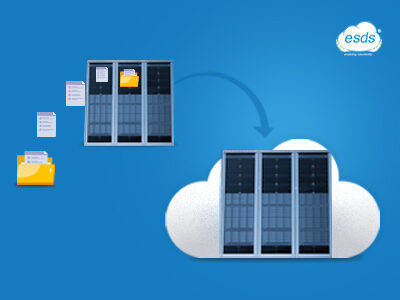From Legacy to Cloud – Why, When, and How?
Never before have customers had higher expectations. Nearly every software created nowadays is expected to include new features every so often to keep up with the end-users increasing expectations. You can frequently deliver if you test frequently. This implies that you may often improve your items if you can collect client input. Your operational/developmental flexibility and competitiveness are intimately related. Competitiveness is crucial for corporate success and is a result of a variety of elements, including how smoothly and adaptably the company’s IT operations and development are. Therefore, creating an IT environment that is efficient, performs better, is safe, and cost-effective is required.
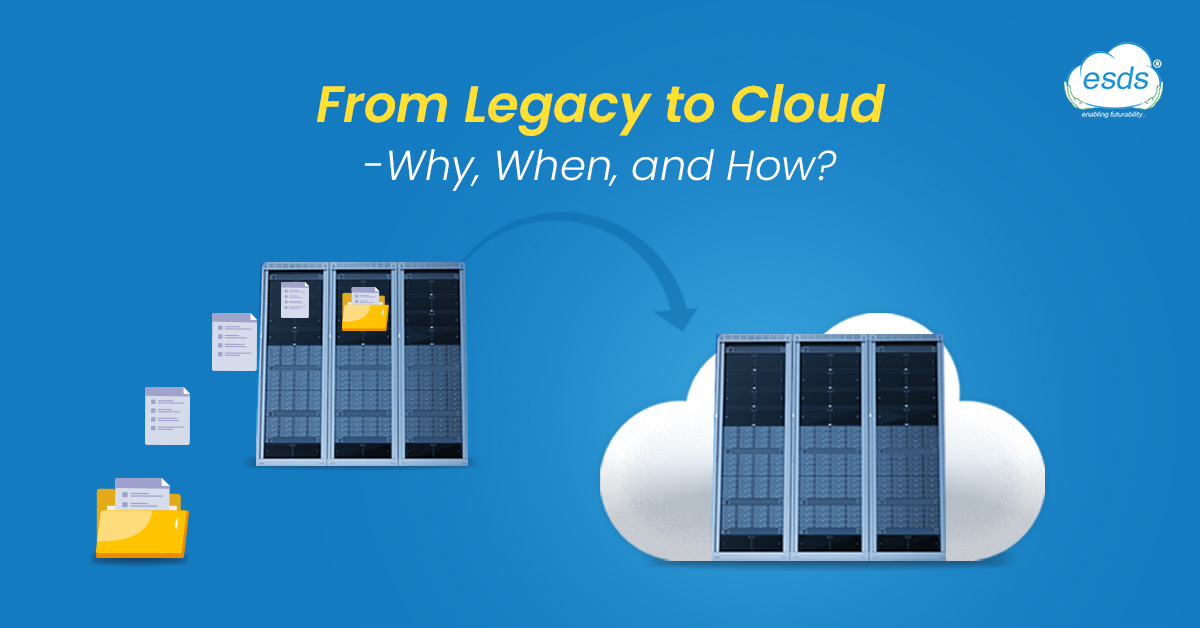
However, despite the fact that they were created using out-of-date technology, several businesses continue to use outmoded systems. These outdated, legacy systems are a burden, but because they are essential to the respective company activities, they cannot be eliminated. The Cloud seems like a solution for contemporary computing because of factors including simplicity, scalability, and distance enablement.
Why move from legacy to Cloud?
Enterprises have a number of difficulties as a result of legacy gear and software, including high maintenance costs, restricted access to support, and poor upgradeability. Businesses’ worries about their data storage requirements can be addressed in part by transferring older applications to the cloud. You would concur that any firm nowadays aspire to be nimble, adaptable, current, & fast to meet the needs of the market. And cloud migration enables companies to accomplish that and get that independence.
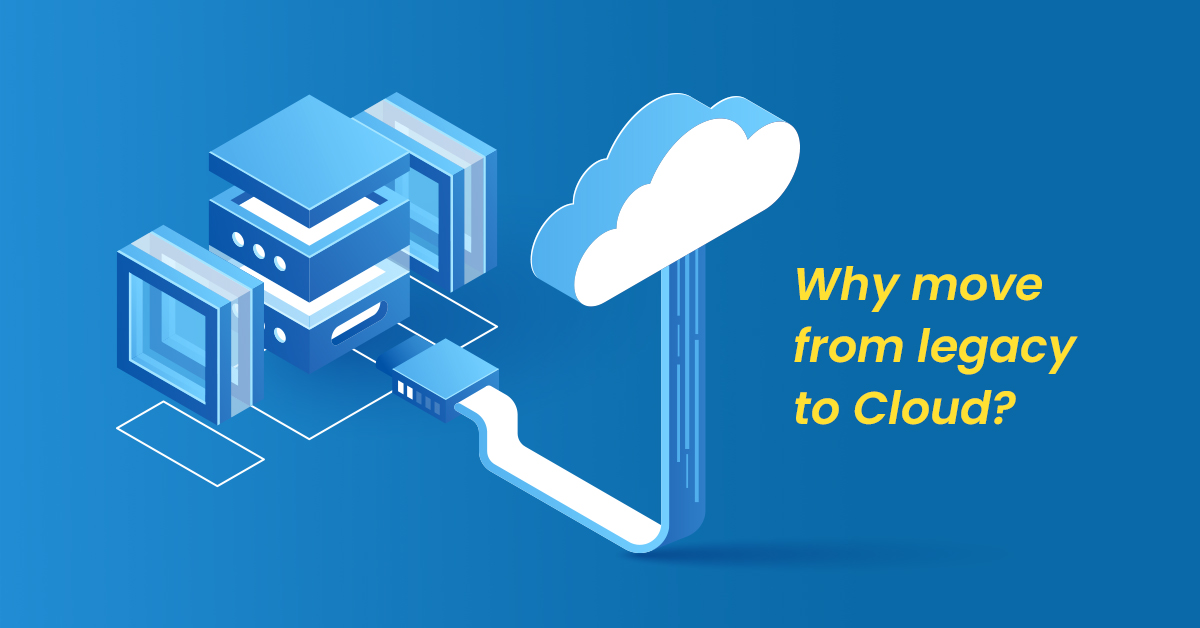
- Limited scalability in scope
- Integration of complex data between legacy systems or between a legacy system and a contemporary system
- Updating each outdated system’s hardware and software takes time.
- Higher expenditures for operations and security
- Limited bandwidth and storage for their initiatives
When is the right time for the Move?
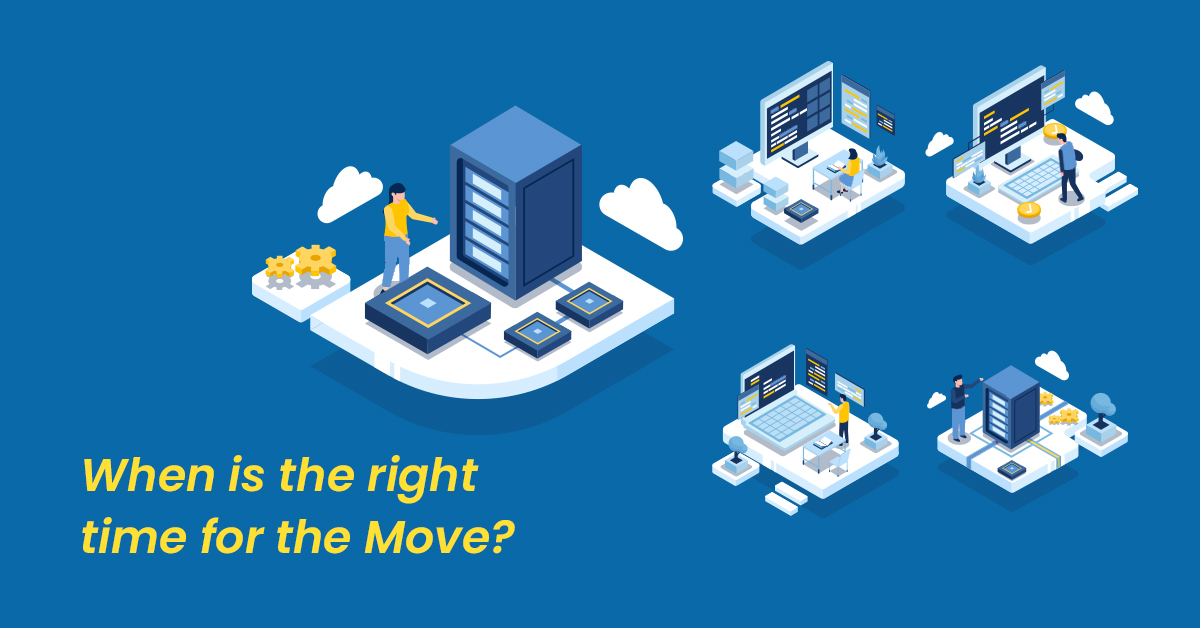
Future clients will expect every digital company to offer everything as a service and companies that are still using their antiquated systems may struggle to survive. With outdated systems, platform performance and technology integrations are all but impossible.
Aged IT systems
While legacy systems may be effective at performing their part, they are always vulnerable to breakdowns. Many systems’ decades-old IT infrastructure may be to blame for restricting business growth.
Hidden costs
Even though outdated IT systems may appear straightforward, keeping and maintaining them come with a lot of hidden expenses. Based on a study by Forbes, businesses spend 80% of their budget on operations and maintenance because they discovered issues with efficiency, cybersecurity, and mission risk.
Hinder Innovation
While your legacy systems come in the way of innovating at will in meeting the business demands, re-evaluating business strategies becomes imperative. Businesses that have been digital failures do not appear to live very long. It is thought that cloud computing would increase competitive advantage and innovation potential. We have also seen that many businesses are expressing interest in moving to the public cloud during the past few years.
How to Make the Move from legacy to Cloud?
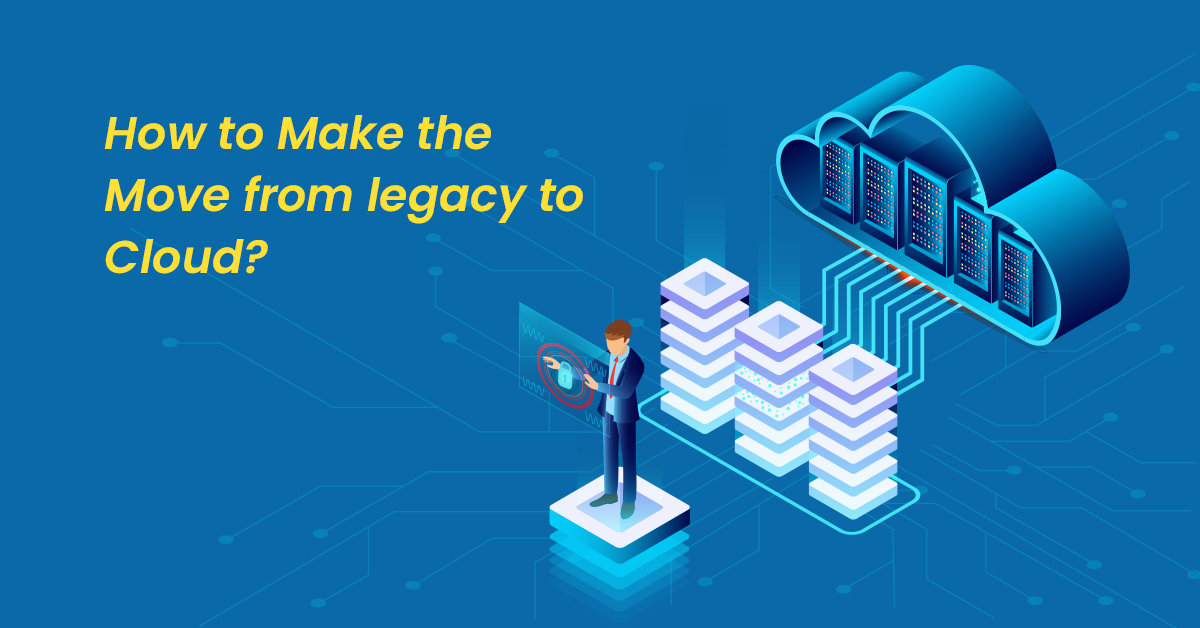
Analyze business objectives and goals
The reason for transferring old systems, their applications, or any component to cloud computing must be made explicit by the service consumer. They must identify and examine the company’s goals and objectives, as well as how the cloud migration project will assist them.
Before beginning or resetting a business model, it is also necessary to assess the features and needs of the data in order to exclude any possibility of data manipulation by other organizations.
Develop a migration strategy
The migration project should have defined objectives, rationale, scope, and restrictions when moving traditional systems to the Cloud. Most frequently, switching to a more cost-effective system is the primary driving force for migration. This lowers costs. Additionally, moving from outdated legacy systems to the Cloud introduce fresh, distinctive features that improve the operation of the system. This makes it simpler to adjust the system to the developing markets.
Recognize the Legacy System
This is the most significant process since it tackles every part of the legacy system, which is the existing system. This required having a thorough comprehension of all the material and details on how to incorporate various analytical components.
In essence, this process assists in identifying the key features that must be included in the migrated system.
Choose what components need to be migrated.
This stage assists you in determining whether you need to transfer the complete, fully-fledged old system or only a certain application layer, database, function, or component. The configuration of the components or entire system to be transferred is retrieved after you have figured this out.
Move to the Cloud
Each cloud environment will have particular advantages and disadvantages. You must assess each opportunity and choose which one is most appropriate for your company’s situation. The goal you set in the previous phase comes in helpful at this point. A cloud environment’s strengths might include things like its cost, special development chances, uptime, customer support, feature compatibility, futureproofing, or even marketing potential.
Instead of focusing on short-term goals like keeping the process’ budget under control, firms can place more emphasis on their fundamental values and long-term objectives like end-user happiness. To make the best choice and to prevent any errors, you might require the assistance of an expert.
Make the imperative Move
Modernization of the infrastructure does not necessarily follow. Several business components are directly impacted by the cloud transformation strategy. Modernizing legacy systems and solving cloud transformation issues require optimization as a fundamental component.
Customized and internally designed programs might be difficult and time-consuming to move from a legacy system to the Cloud. The change over time could have a slight effect on how well your firm performs. ESDS offers the most ingenious products and solutions customized to your business needs, ticking all the parameters, be it anything like price, unique development opportunities, uptime, customer support, compatibility features, future proof, or even marketing potential.
- Why does your business need Endpoint Detection and Response (EDR)? - May 15, 2024
- Are your business endpoints completely secure? - March 26, 2024
- Is Colocation key to transforming your data center management strategy? - March 22, 2024
